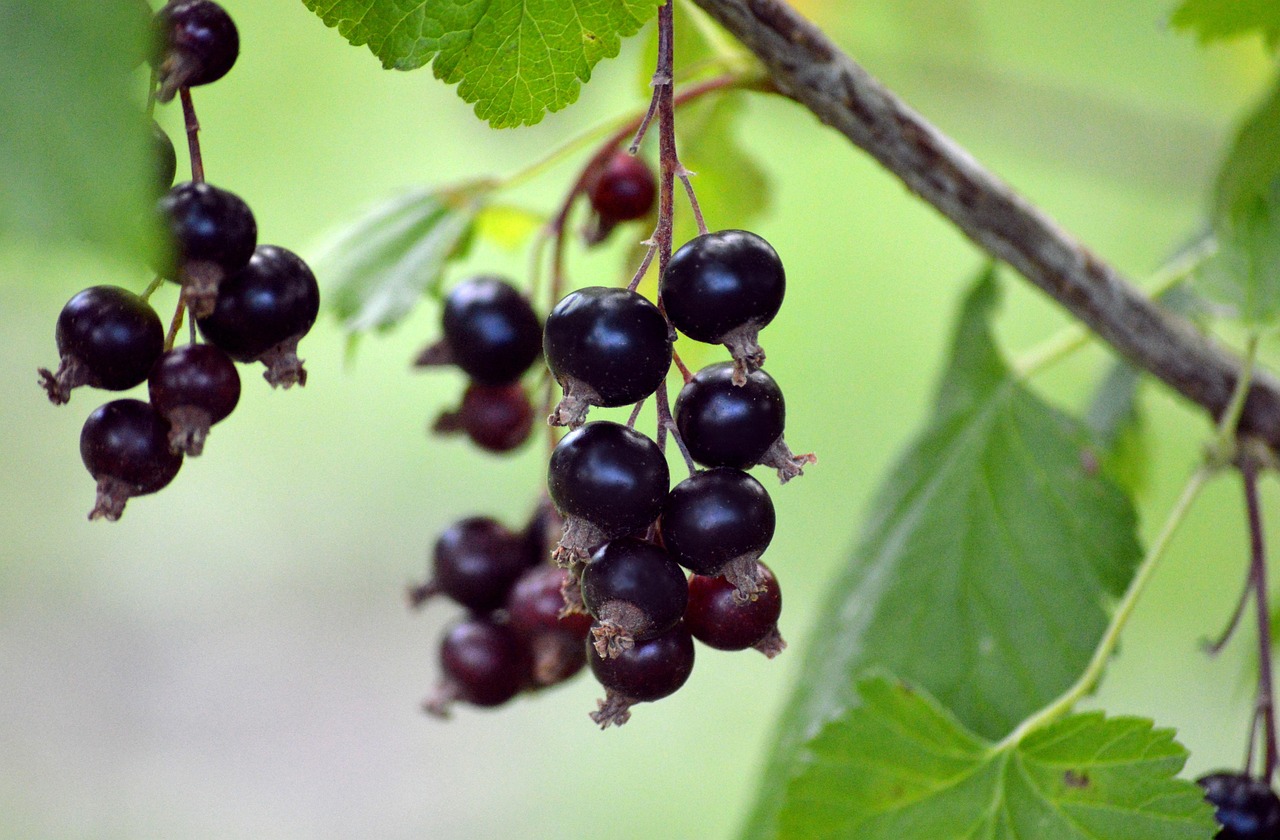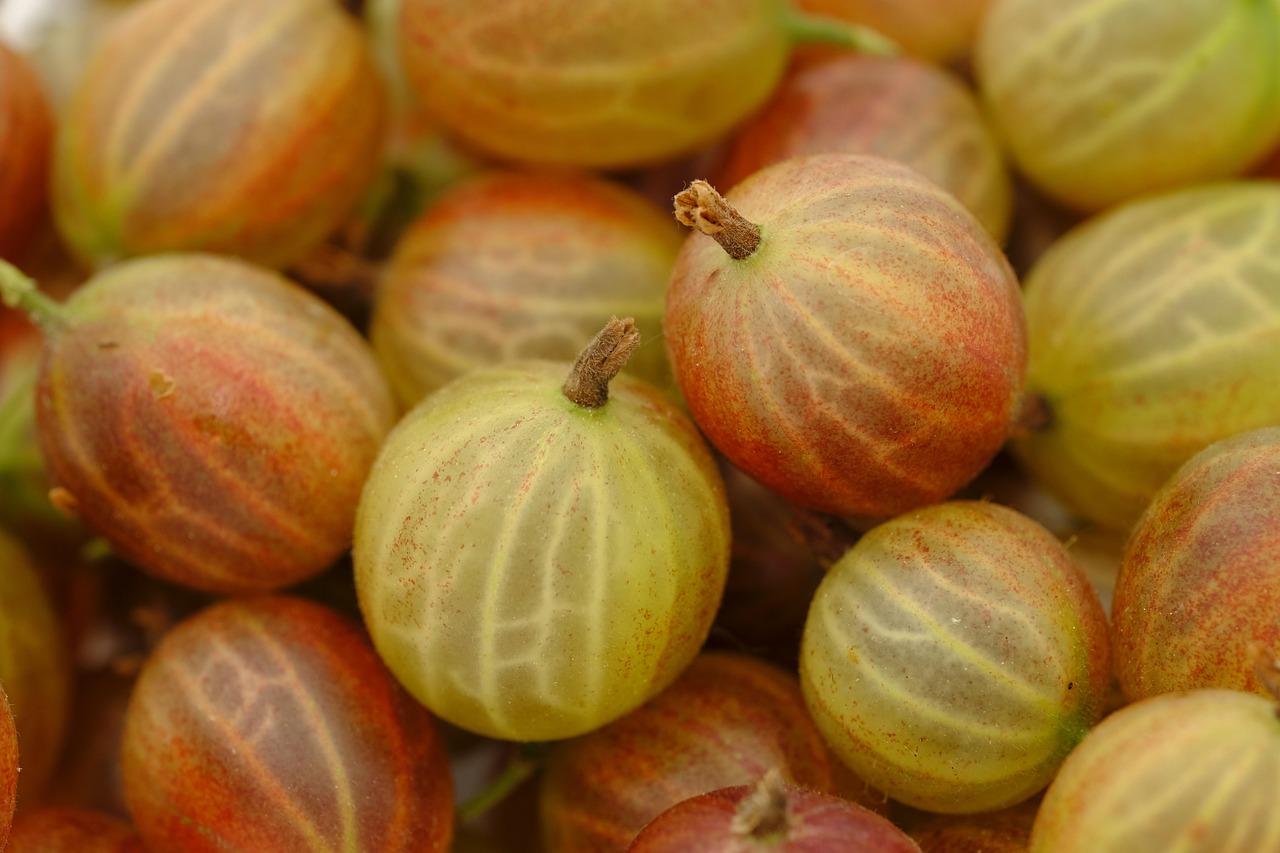Trees with black berries are often overlooked in the vast landscape of nature. These unique trees not only add beauty to their surroundings but also provide a wealth of benefits, including food for wildlife and humans alike. Discovering these hidden jewels can lead to exciting culinary adventures and ecological insights.
Black berries, often associated with sweet flavors and vibrant colors, can be found in various tree species. Many of these trees are native to different regions, thriving in diverse climates. Their berries are not just delicious; they also hold significant nutritional value. Packed with vitamins, minerals, and antioxidants, black berries can enhance both health and well-being.

In addition to their culinary appeal, trees that produce black berries play a crucial role in supporting local ecosystems. They provide habitats for birds and other wildlife while contributing to soil health through their root systems. Understanding these trees’ characteristics helps us appreciate their importance in nature.
Types of Trees with Black Berries
Several tree species produce black berries. Below is a list of some noteworthy examples:
- Black Mulberry (Morus nigra): Known for its rich flavor, this tree produces sweet black berries that are often used in jams and desserts.
- Black Cherry (Prunus serotina): This tree bears small, dark berries that are not only edible but also attract many bird species.
- Serviceberry (Amelanchier spp.): Also called Juneberry, this tree yields sweet, black-purple fruits that can be eaten fresh or used in pies.
- Elderberry (Sambucus nigra): While commonly recognized for its medicinal properties, elderberries also make delicious syrups and wines.
Each of these trees has unique traits and benefits. For instance, the black mulberry is cherished not just for its fruits but also for its shade and ornamental value. The black cherry tree is valued for its beautiful wood, which is often used in furniture making.
Here is a table summarizing the key features of some trees with black berries:
| Tree Species | Berry Characteristics | Uses |
|---|---|---|
| Black Mulberry | Sweet, dark purple | Jams, desserts, fresh consumption |
| Black Cherry | Bitter when unripe, sweet when ripe | Fresh eating, attract wildlife |
| Serviceberry | Sweet, edible berries | Pies, fresh eating |
| Elderberry | Small, dark purple | Syrups, wine, medicinal uses |
The diversity of trees that produce black berries showcases the richness of nature. Each species contributes uniquely to its ecosystem while offering various benefits. As we delve deeper into the world of these trees, we uncover not only their beauty but also their significance in our lives.
Exploring these trees in their natural habitats can be a rewarding experience. Not only can you enjoy the fruits they bear, but you can also appreciate their contributions to the environment. Whether you are a nature enthusiast or a culinary adventurer, understanding trees with black berries opens up exciting possibilities.
Ecological Importance of Trees with Black Berries
Trees that produce black berries play a vital role in maintaining ecological balance. Their presence not only enhances biodiversity but also supports various life forms. Understanding their ecological importance is essential for appreciating these natural treasures.
One of the most significant contributions of these trees is the provision of food and habitat for wildlife. The berries serve as a nutritious food source for birds, small mammals, and insects. Here are a few ways in which these trees support local ecosystems:
- Food Source: The berries are a rich source of vitamins and energy, particularly during the late summer and fall when other food sources may be scarce.
- Habitat: The trees provide shelter and nesting sites for various bird species, thereby promoting avian diversity.
- Pollinator Attraction: The flowers of these trees attract bees and butterflies, which are essential for pollination.
- Soil Health: The root systems of these trees help prevent soil erosion and enhance soil fertility through organic matter decomposition.
Benefits of Berries to Wildlife
The berries produced by these trees not only nourish wildlife but also facilitate various ecological processes. They contribute to seed dispersal, ensuring that new plants can grow in different areas. Here are some wildlife benefits:
- Birds: Many species, including robins, cedar waxwings, and blue jays, rely on black berries as a food source during migration.
- Mammals: Animals such as raccoons, deer, and squirrels consume the berries, aiding in seed dispersal as they travel.
- Insects: Pollinators like honeybees and butterflies visit the flowers, playing a crucial role in the reproductive cycle of the trees.
Culinary Uses of Black Berries from Trees

The black berries from these trees are not only delightful to the palate but also versatile in the kitchen. Their unique flavors can elevate various dishes. Here are some popular culinary uses:
- Pies and Cobblers: Black mulberries and serviceberries are often used to create delicious pies, tarts, and cobblers that highlight their sweet flavors.
- Jams and Jellies: These berries can be cooked down to make flavorful preserves that capture their essence.
- Syrups: Elderberries are commonly used to make syrups that can be added to beverages or used in desserts.
- Wine and Beverages: Elderberries can also be fermented into wine or mixed into cocktails for a unique flavor.
Using black berries in cooking not only enhances flavor but also provides health benefits due to their high antioxidant levels. They are rich in vitamins C and K, as well as dietary fiber, making them a nutritious choice for any meal.
Harvesting Tips
If you’re interested in foraging black berries from trees, here are some helpful tips for safe and successful harvesting:
- Know Your Trees: Familiarize yourself with the specific trees that produce edible black berries to avoid potential toxic look-alikes.
- Harvest at the Right Time: Wait until the berries are fully ripe for the best flavor. Ripe berries will typically be dark in color and slightly soft to the touch.
- Use Clean Tools: When collecting berries, use clean containers to prevent contamination and preserve freshness.
By understanding the ecological importance and culinary potential of trees with black berries, we can appreciate these natural wonders more deeply. Whether you choose to enjoy them in a dish or observe their role in nature, these trees truly represent nature’s hidden jewels.

Health Benefits of Black Berries

Black berries from trees are not only delicious but also packed with numerous health benefits. Incorporating these fruits into your diet can contribute to overall well-being. Understanding their nutritional components helps highlight their value beyond just being a tasty treat.
Nutritional Profile
The nutritional profile of black berries varies slightly among different tree species, but they generally share several key components:
- Vitamins: Black berries are rich in Vitamin C, which is vital for immune function and skin health. They also contain Vitamin K, essential for bone health and blood clotting.
- Minerals: These berries provide minerals such as potassium and manganese, important for maintaining healthy bodily functions.
- Antioxidants: They are loaded with antioxidants, including anthocyanins, which help combat oxidative stress and may reduce inflammation.
- Dietary Fiber: Black berries are high in fiber, aiding in digestion and promoting a healthy gut.
Potential Health Benefits
Regular consumption of black berries can yield several health benefits:
- Heart Health: The antioxidants in black berries may lower the risk of heart disease by reducing blood pressure and cholesterol levels.
- Cognitive Function: Studies suggest that the compounds in these berries could improve brain health and may delay age-related cognitive decline.
- Weight Management: Low in calories and high in fiber, black berries can be a satisfying snack that aids in weight management.
- Blood Sugar Control: The fiber content helps regulate blood sugar levels, making them a good option for those managing diabetes.
Using Black Berries in Natural Remedies
Beyond culinary uses, black berries from trees have been utilized in traditional medicine for centuries. They possess various properties that can be beneficial for health. Here are some common uses:
- Elderberry Syrup: Known for its immune-boosting properties, elderberry syrup is often used to help alleviate cold and flu symptoms.
- Mulberry Leaf Tea: The leaves of the black mulberry tree are sometimes brewed into tea, believed to aid in lowering blood sugar levels.
- Anti-inflammatory Applications: The antioxidants found in black berries may help reduce inflammation and support joint health when consumed regularly.
How to Incorporate Black Berries into Your Diet
Incorporating black berries into your daily meals can be both enjoyable and beneficial. Here are some simple ways to add them to your diet:
- Smoothies: Blend black berries with yogurt, spinach, and a banana for a nutritious smoothie.
- Cereal or Oatmeal Topping: Add fresh or frozen black berries to your morning cereal or oatmeal for added flavor and nutrition.
- Baking: Use black berries in muffins, pancakes, or bread recipes for a sweet touch.
- Salads: Toss them into salads for a burst of flavor and color; they pair well with nuts and cheese.
The versatility of black berries makes them easy to include in various dishes. Their unique flavor enhances both sweet and savory recipes, making them a delightful addition to any meal.
Cultural Significance of Black Berries
Trees that bear black berries have cultural significance in many communities around the world. They are often associated with traditional practices and folklore. Here are some insights into their cultural importance:
- Folklore and Mythology: Many cultures have stories and legends surrounding black berries, often symbolizing abundance and prosperity.
- Culinary Traditions: In various regions, the harvesting of black berries is celebrated with festivals that highlight local culinary traditions involving these fruits.
- Medicinal Practices: Traditional medicine practices have long recognized the healing properties of black berries, incorporating them into remedies passed down through generations.
This cultural backdrop enriches the experience of enjoying black berries, connecting us to history and tradition while we appreciate their natural beauty and benefits.
Conservation and Future of Trees with Black Berries
As we delve deeper into the significance of trees that produce black berries, it is crucial to acknowledge the conservation efforts that protect these vital natural resources. Many of these trees are threatened by habitat loss, climate change, and invasive species. Understanding the importance of preserving these trees can help us ensure their survival for future generations.
Conservation initiatives often focus on multiple aspects:
- Habitat Restoration: Efforts are made to restore natural habitats where these trees grow, promoting biodiversity and strengthening ecosystems.
- Community Engagement: Involving local communities in conservation projects helps raise awareness about the ecological benefits of black berry trees and encourages sustainable practices.
- Research and Education: Ongoing research into the health and viability of these trees informs conservation strategies. Educational programs can teach people about the importance of preserving local flora.
Urban Planting Initiatives
In urban settings, planting trees that bear black berries can have numerous benefits. These initiatives can improve air quality, provide shade, and support local wildlife. Additionally, urban gardens featuring these trees can promote community involvement and education about nature. Here are some key advantages:
- Improved Biodiversity: Integrating black berry trees into urban landscapes enhances local biodiversity by providing food and shelter for various species.
- Community Health: Access to fresh fruits in urban areas contributes to better nutrition, as residents can enjoy the health benefits of these berries.
- Aesthetic Value: The beauty of flowering black berry trees adds visual appeal to urban environments, enhancing quality of life.
Final Thoughts
Trees with black berries represent a rich tapestry of nature’s offerings. Their ecological importance, health benefits, culinary versatility, and cultural significance highlight their value in our lives. As we explore the many dimensions of these trees, we are reminded of our connection to nature and the responsibility we hold in preserving it.
By understanding the roles these trees play, we can actively participate in conservation efforts and promote sustainable practices. Whether through foraging, planting, or simply appreciating their beauty in our surroundings, there are countless ways to engage with trees that produce black berries.
Ultimately, recognizing these trees as nature’s hidden jewels encourages us to celebrate their existence and fosters a deeper appreciation for the environment. As we continue to learn about and from these remarkable trees, we contribute to a sustainable future that honors both their legacy and our own.
As we move forward, let us embrace the beauty and benefits of trees with black berries. Together, we can ensure that future generations will continue to enjoy their treasures and the vital roles they play in our ecosystems.
